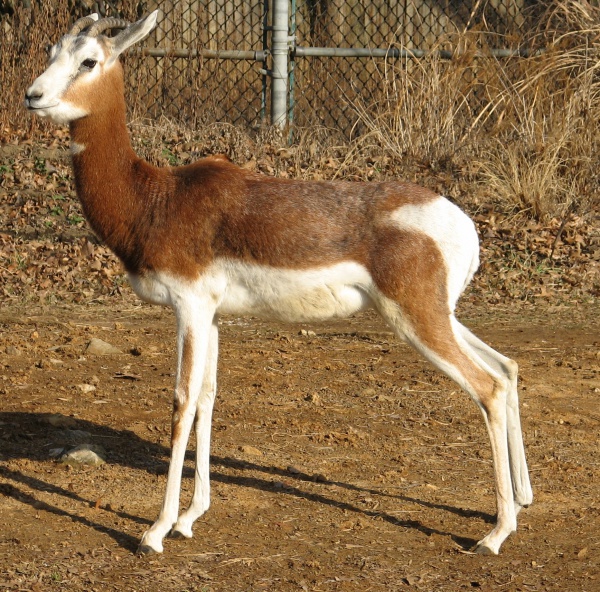Facts About Dama gazelle
The dama gazelle, also known as the "addra gazelle" or "mhorr gazelle" is a critically endangered species native to Africa, particularly the Sahara Desert and the Sahel region. Their numbers have drastically declined due to overhunting and habitat loss, leaving only small populations in Chad, Mali, and Niger. These gazelles thrive in diverse landscapes such as grasslands, shrublands, semi-deserts, savannas, and mountain plateaus, where they feed on grasses, leaves, shoots, and fruits.
Dama gazelles are easily recognized by their striking white bodies and reddish-brown heads and necks. Both males and females sport medium-length ringed horns, with the males’ horns being longer. They are the largest of all gazelle species and have long legs that help them stay cool in their hot desert environment. Although they require more water than other desert animals, they can endure droughts and are active during the day. When danger is near, they use a leaping behavior called pronking to alert their herd.
There are different subspecies of dama gazelles based on their coloration. Unfortunately, the mhorr gazelle is extinct in the wild, but it survives in captive breeding programs. Conservation efforts are underway, including breeding programs and reserves to protect the remaining populations, as well as reintroduction projects in countries like Senegal and Tunisia. However, the dama gazelle still faces serious threats such as habitat destruction, drought, disease, and poaching. Political instability in their native regions further complicates conservation efforts.

 Cameroon
Cameroon